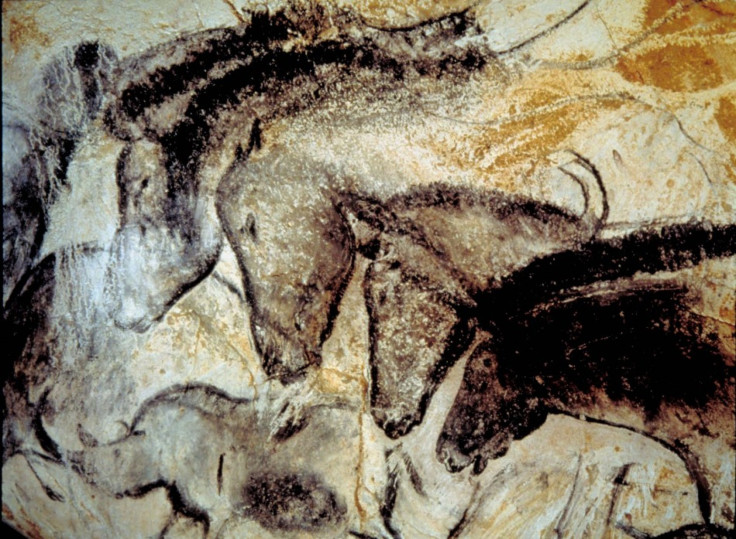Ancient Cave Painters Depicted Reality, Not Symbols, Researchers Conclude

Ancient painters decorated caves with equine portraits that researchers Monday said depicted actual spotted horses instead of imaginative creations.
The discovery suggests that ancient painters weren't necessarily artistically inclined as previously suspected, but depicted real life, including rare spotted horses.
The 25,000-year-old paintings found in the Quercy region of southern France led researchers to hypothesize that the portrayals of the rare spotted horses signified early artistic expression in ancient humans. However, new genetic evidence from ancient horse remains suggests that the cave painters accurately depicted horses instead of creating symbolic fictional creatures.
An international team published their findings Monday in the online edition of the Proceedings of the National Academy of Sciences.
Researchers previously collected genetic evidence that horses with solid coats existed before the species became domesticated.
However, some researchers suspected spotted horses were unlikely to be found during the Paeolithic time era and instead, the depictions showed some of mankind's first artistic expressions.
The rare horses existed at the time of The Dappled Horses of Pech-Merle, a cave painting over 25,000 years old that depicts white horses with dark spots, researchers from the U.K., Germany, U.S, Spain, Russia and Mexico concluded.
Our results suggest that, at least for wild horses, Paleolithic cave paintings, including the remarkable depictions of spotted horses, were closely rooted in the real-life appearance of animals, Michi Hofreiter, biology professor at the University of York and study author,
Our findings lend support to hypotheses that argue that cave paintings constitute reflections of the natural environment of humans at the time and may contain less of a symbolic or transcendental connotation than often assumed.
The research team analyzed DNA collected from the bones and teeth of 31 horses dating back 35,000 years ago across Europe and western Russia.
The team tested genes involved in coat color and found that six of the ancient horses shared a gene associated with spotted coats.
Knowing that leopard spotting horses were present during the Pleistocene in Europe provides new arguments or insights for archaeologists to interpret cave arts, said Melanie Pruvost, evolutionary geneticist at the Leibniz Institute for Zoo and Wildlife Research in Berlin.
© Copyright IBTimes 2025. All rights reserved.





















